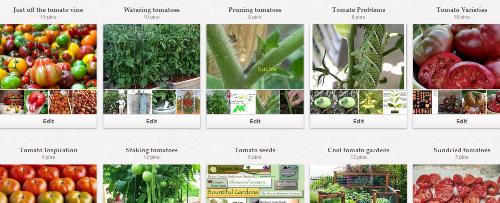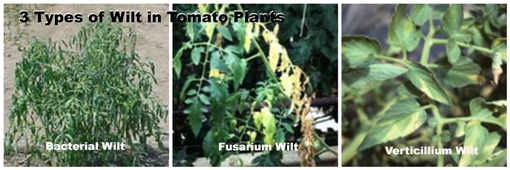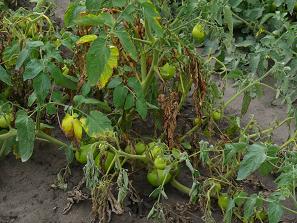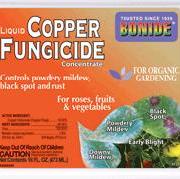| Back to Back Issues Page | ||||||||||||||||
 |
||||||||||||||||
|
[Tomato Dirt] Got Wilt? How to Recognize Different Tomato Wilt Diseases July 10, 2014 |
||||||||||||||||
Tomato Dirt Newsletter
|
Tomato Dirt is on Pinterest!
Join us on Pinterest! Browse our 100+ boards (and growing) for all kinds of tomato inspiration and practical information: growing tomatoes, tomato seeds, cold frames for tomatoes, tomato books, tomato greenhouses, , indoor tomatoes – even crafts to do with a tomato theme, now that cold weather is here. Happy pinning!
 |

Feature: Got Wilt? How to Recognize 3 Kinds of Tomato Wilt Diseases
 |
Image: Tomato Dirt |
- Bacterial wilt. Foliage wilts suddenly, but remains green.
- Fusarium wilt. Look for yellowing and wilting on one side of the plant – a leaf, single shoot, branch, or several branches. Yellowing and wilting move up the plant as the fungus spreads. Wilted leaves dry and drop prematurely
- Verticillium wilt. Yellow spots appear on lower leaves, followed by brown veins. Leaves then turn brown and fall off. Infection pattern often resembles a V-shape. Symptoms progress up the stem.
In all three cases, the interior of main stem (when split) is dark, water-soaked, or streaked – the result of plugged water-conducting tissue.
Find out more about other tomato diseases so you can have healthy, productive fruit all season long.
And check out other tomato problems on our Tomato Problems Pinterest board so you can treat and prevent them.
Got Walnuts? Be on the Lookout for Walnut Wilt
 |
Image: Ontario Crop IPM |
With exposure to juglone, tomatoes growing next to a walnut tree abruptly wilt and die. Tomato plants growing a short distance away may not die, but become flaccid and stunted.
Learn more details about walnut wilt so you can identify it and prevent it in your tomato patch.
Check Out These Helps for Treating Tomato Diseases

|

|

|
|---|---|---|
| Serenade Natural Fungicide
|
Gilmour Premium Sprayer |
Bonide Copper Spray
|
More about Tomato Diseases
| 3 Kinds of Tomato Blight and How to Tell Them Apart | How to Identify and Treat Gray Leaf Spot | Blossom End Rot: How to Identify and Treat It | How to Choose a Garden Sprayer to Treat Diseases |
|---|
That’s it for now. More next time!
Until then, happy gardening!
![]()
Kathy with Tomato Dirt
www.tomatodirt.com
Find us on Facebook!
